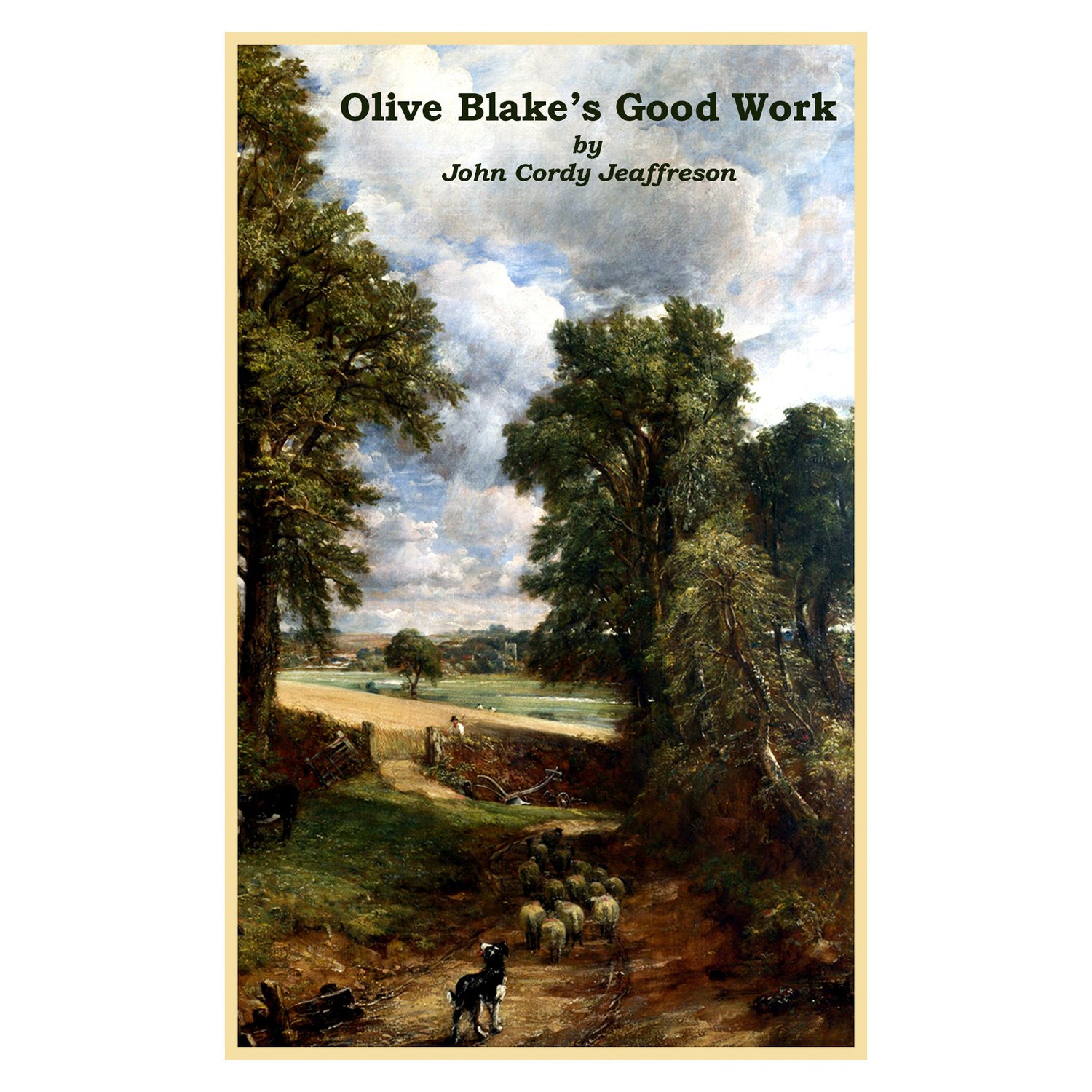
Olive Blake’s Good Work: A Novel
Published originally in 1862 and taking place in the late 18th and first half of the 19th centuries, Olive Blake’s Good Work makes claim to being a fictionalized account of real events, a habit which the author resorts to often enough to make the reader suspicious. But he is not alone in this habit. Many authors of that era made the same claim within their novels, often merely hinting at their stories being fictionalized versions of true events but other times explicitly saying so—and who are we to question their veracity?
The story is about good and evil, following two sisters through their lives as they themselves personify the difference between good and evil and also meet various characters during their lives who exemplify that difference in various ways. Everybody seems to be participating in the battle between good and evil. John Cordy Jeaffreson (1831–1901) was an English novelist and author of popular non-fiction books who, in every institution of higher education where they have writing classes, should be a prime example of how to properly execute character development. He was a master at it. He writes characters who seem almost to become members of the reader’s life, seem almost to become friends and acquaintances—characters whom the reader ultimately misses and longs for after the novel has been read.
Preparing old books for digital publication is a labor of love at Travelyn Publishing. We hold our digital versions of public domain books up against any others with no fear of the comparison. Our conversion work is meticulous, utilizing a process designed to eliminate errors, maximize reader enjoyment, and recreate as much as possible the atmosphere of the original book even as we are adding the navigation and formatting necessary for a good digital book. While remaining faithful to a writer’s original words, and the spellings and usages of his era, we are not above correcting obvious mistakes. If the printer became distracted after placing an ‘a’ at the end of a line and then placed another ‘a’ at the beginning of the next line (they used to do this stuff by hand you know!), what sort of mindless robots would allow that careless error to be preserved for all eternity in the digital version, too? Not us. That’s why we have the audacity to claim that our re-publications are often better than the originals.
